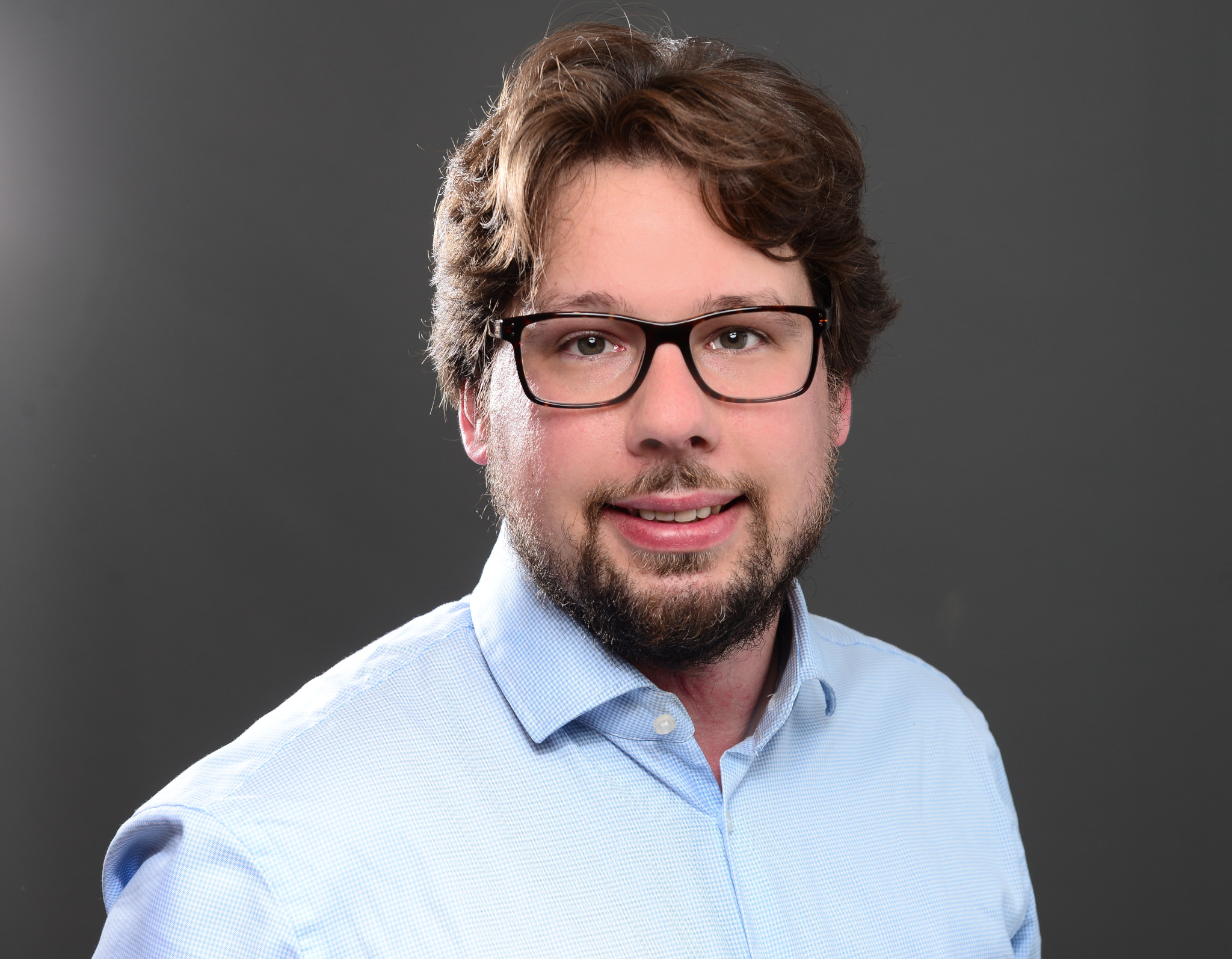




| Address: | An der Düpenau 12 22869 Schenefeld GERMANY |
| Cell phone: | +491717714292 |
| Email: |
phillip@wieburg.eu |
| pwieburg@physnet.uni-hamburg.de | |
| info@akaflieg-hamburg.de | |
| Curriculum Vitae |
|
| Date and place of Birth: | 3/18/1989 in Kiel |
| Nationality: | German |
| Civil Status: | Married, 2 children |
| Education |
|
| June 2014-May 2019 | PhD Student, Universität Hamburg. Fundamental research in the field of ultracold atoms and single atom imaging. Experimental work employing laser systems, imaging optics and vacuum systems. |
| April 2012-May 2014 | Master of Science in Physics, Universität Hamburg. Studies of the physics of lasers, ion traps and accelerators. |
| April 2009-March 2012 | Bachelor of Science in Physics, Universität Hamburg. Degree finished with outstanding marks. |
| July 2008-March 2009 | Military service |
| June 2008 | A-Level |
| 1999-2008 | "Thor-Heyerdahl-Gymnasium"
grammar school, Kiel |
| 1995-1999 | "Schule am
Heidenberger Teich" elementary school, Kiel |
| PhD thesis |
|
| Title |
A Novel Fermionic Quantum Gas Microscope: Concept, Design and Construction. |
| Supervisor |
H. Moritz |
| Abstract |
This thesis describes a new quantum gas microscope working with ultracold fermionic 40K atoms. Using all-optical cooling techniques, the apparatus is designed to perform experiments with individual atoms in optical tweezers or ensembles cooled to quantum degeneracy. The purpose of the experiment is to gain a better understanding of strongly correlated fermionic many-body systems. One outstanding goal is to conduct experiments revealing the underlying microscopic mechanisms in high-Tc superconductors like YBCO and similar materials. Generally, planes of copper oxide are considered to be responsible for the superconductivity in these ceramic materials. The dynamics in the copper oxide planes is governed by Hubbard-type Hamiltonians that are an ideal subject for quantum simulations with ultracold atoms. The key component of the new apparatus is a microscope objective assembly located inside a vacuum chamber operating at 1E-11 mbar. The assembly consists of two infinity-corrected microscope objectives with a numerical aperture of 0.75, each containing 6 spherical lenses. With these in-vacuo microscope objectives we achieve single-site resolution for both imaging and imprinting with a minimum of optical alignment. The experiment uses a 2D-MOT atom source to collect approximately 1E7 atoms per second in a MOT on the D2 line. After an intermediate cooling step using a Lambda-enhanced grey molasses on the D1 line reaching a temperature on the order of 10 µK, we magnetically transport the atoms into the field of view of the microscope objectives. Here, the atoms are loaded into far detuned optical dipole traps - optical lattices or a small number of optical tweezers - before cooling them to the motional ground state using Raman sideband cooling. For atoms confined in a one-dimensional lattice, we have achieved ground state fractions above 80 %. We are able to load single atoms into an optical tweezer and detect them via D1 fluorescence and are working towards Raman cooling. |
| |
You may download the Thesis. |
| Master thesis |
|
| Title |
A Linear Paul Trap for Ytterbium Ions |
| Supervisor |
H. Moritz |
| Description |
In this master thesis a setup for
experiments with trapped ytterbium ions was designed and realized. As
ion trap design, a linear Paul trap was used. During the design process, the setup was optimized for making a broad spectrum of different types of experiments possible. This included optimization with respect to trapping frequencies, optical access and the vacuum system. Additionally, possible extensions had to be taken into account. The setup consists of a linear Paul trap, an ultra high vacuum system, a system used for providing the radio frequency, three laser systems and an optical imaging system used for ion detection. |
| Download |
You may download the Thesis. |
| Bachelor thesis |
|
| Title |
A Highly Stable Optical Resonator for Frequency Stabilization of a Diode Laser in the Ultraviolet Spectral Range |
| Supervisors |
H. Moritz and N. Strohmaier |
| Description |
A system for optimizing the spectral features of an ultraviolet external cavity diode laser has been designed, built and characterized. It is to be used in an experiment with trapped ions aiming for the realization of logic gates in quantum information processing. |
| Download |
You may download the Thesis or the Poster with simple explanations. |